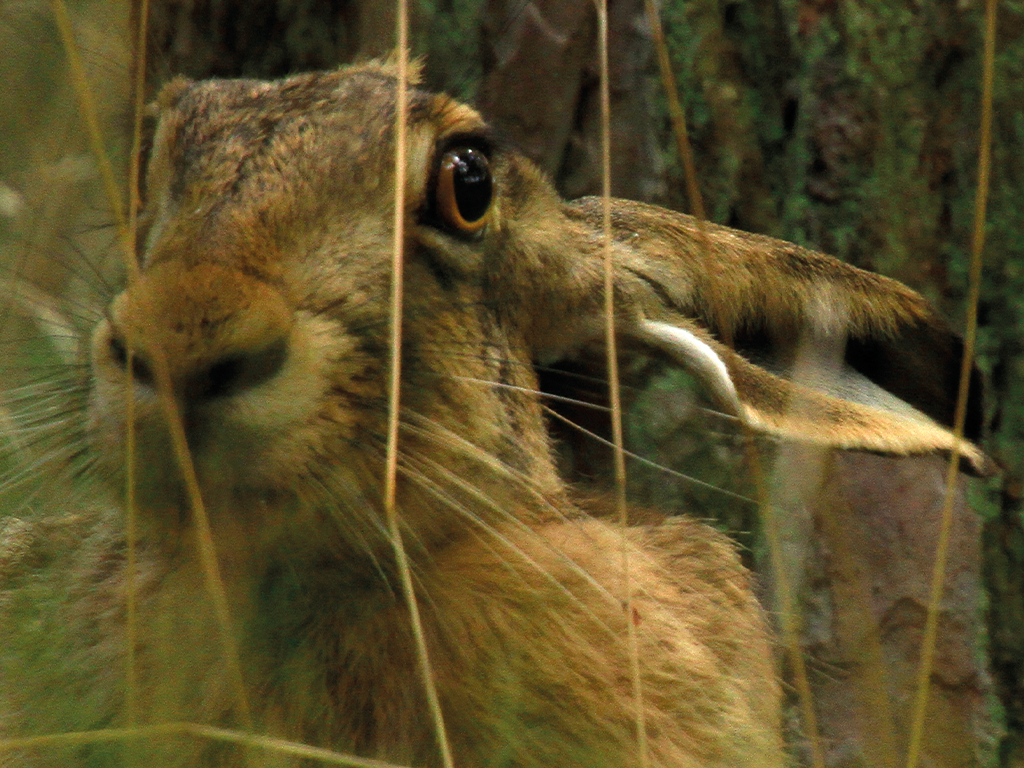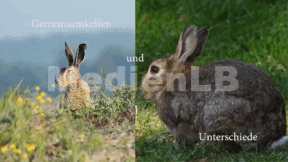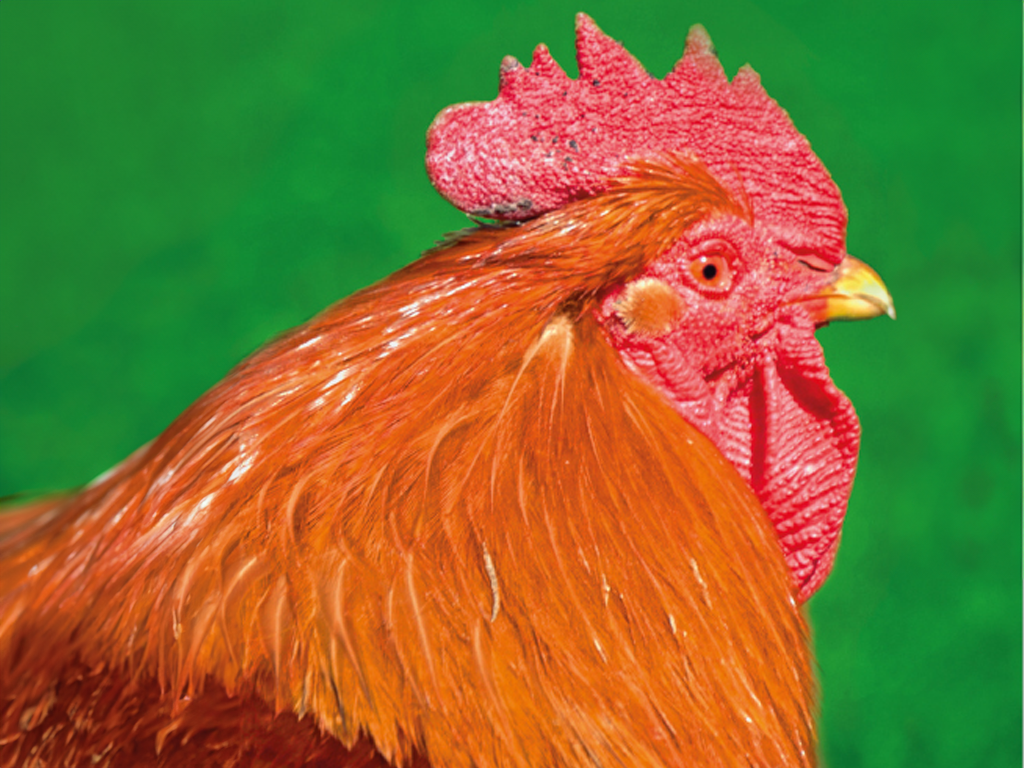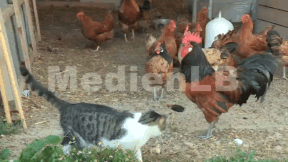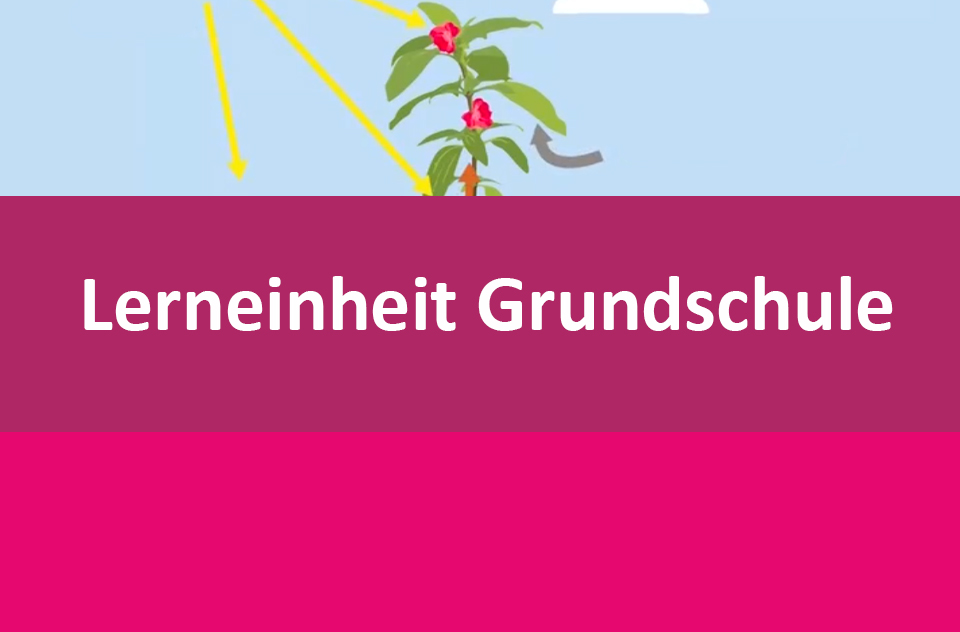
55502451
Pflanzen unserer Heimat
In 10-15 interaktiven Modulen wird für Grundschulkinder Wissen zu heimischen Pflanzen vermittelt und anschließend abgefragt.
Included Tasks
- I Teile der Pflanzen - interaktive Aufgabe
- II Wurzeln der Pflanzen - Lückentext
- III Bildpaare mit Pflanzen finden - interaktive Aufgabe
- IV Sprossachsen - Lückentext
- V Fotosynthese - interaktives Video
- VI Teile der Blüte - interaktive Aufgabe
- VII Küstenpflanzen suchen - interaktive Aufgabe
- VIII Früchte zuordnen - interaktive Aufgabe
- IX Pflanzen: am See oder im Wald? - interaktive Aufgabe
- X Vielfalt durch Blumen - interaktive Aufgabe
Curriculum-centred and oriented towards educational standards
Matching
Hare and Rabbit
How do we distinguish between a hare and a rabbit? At first sight, both look confusingly alike for both have long ears and a stumpy tail.
Muslim Festivals
Meryem and Rabia at midday prayer with their parents. Normal daily routine for them because they belong to the almost five per cent of the German population who are of Muslim faith. They have, like most Christians, too, very special feasts, rituals and holidays. We are going to accompany them and other Muslim families on these festivals.




